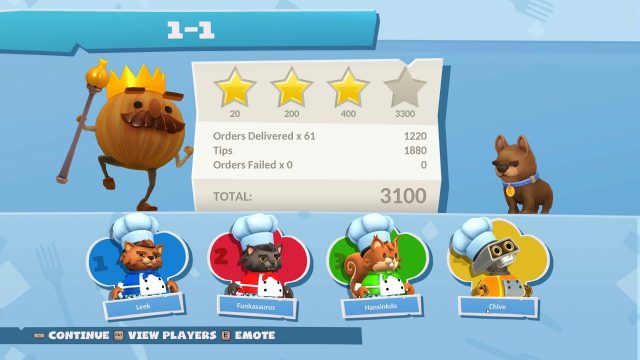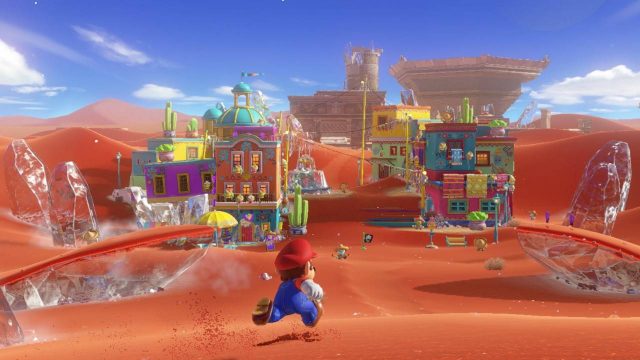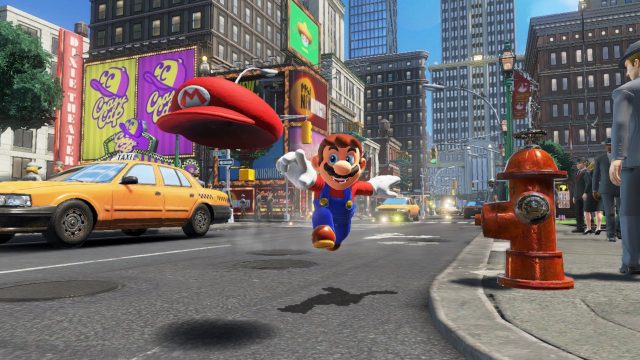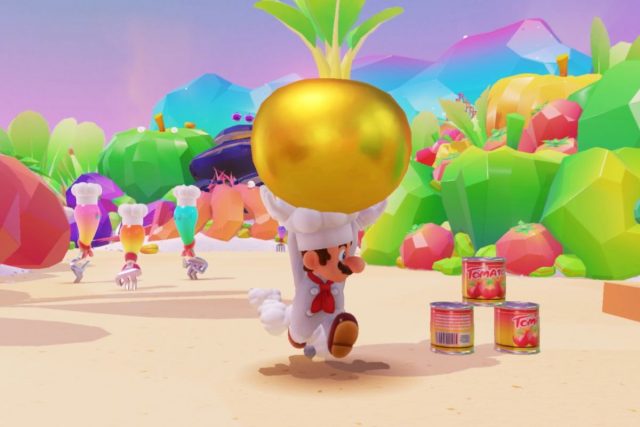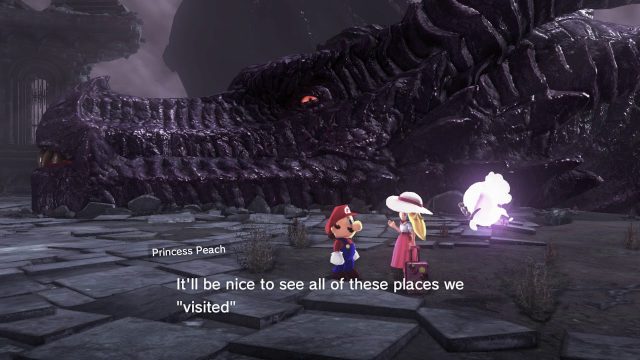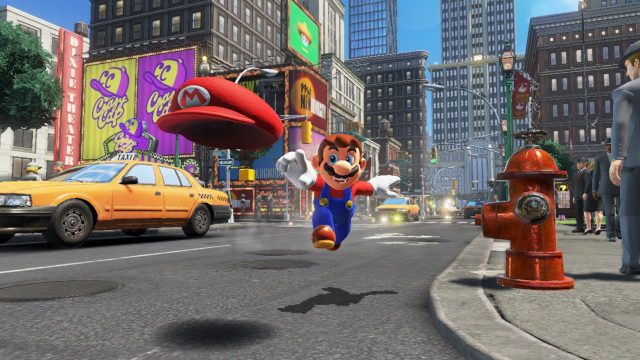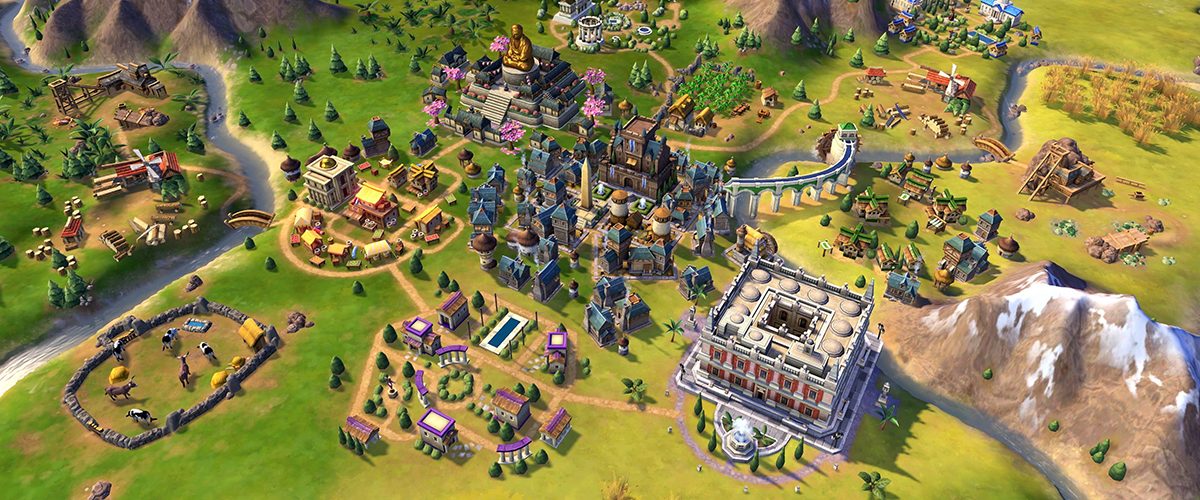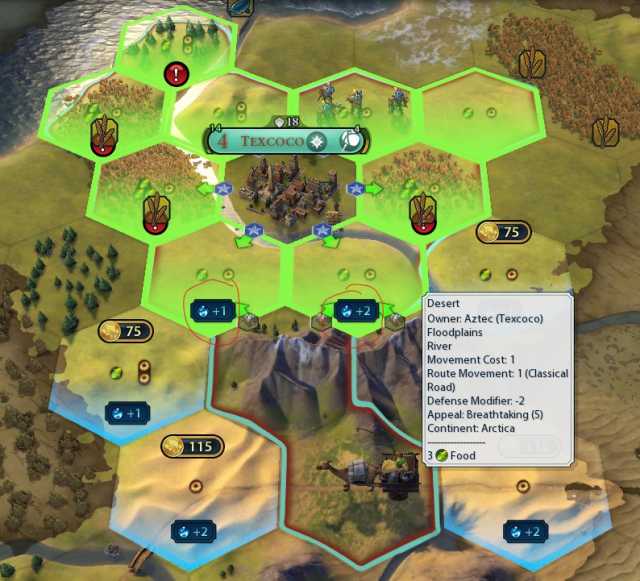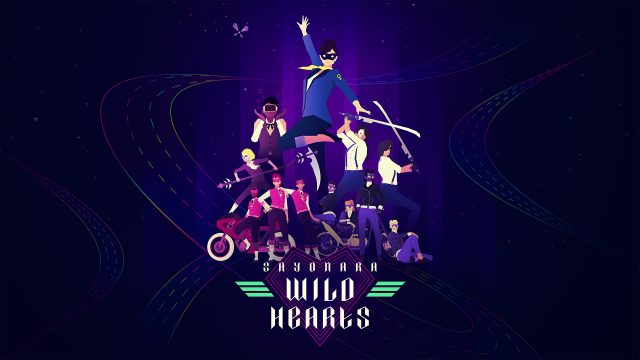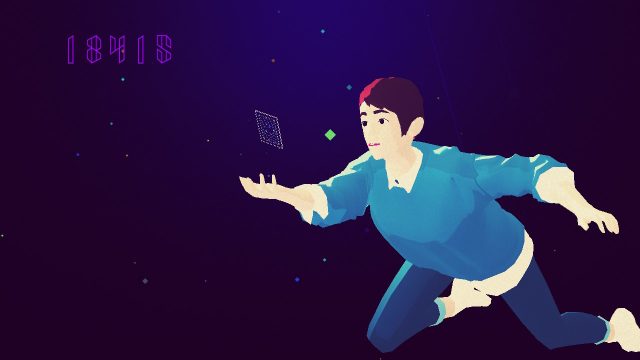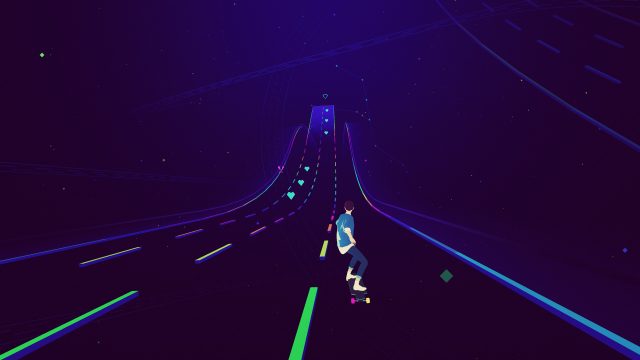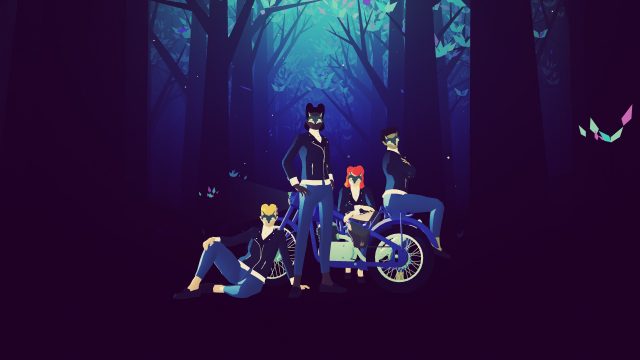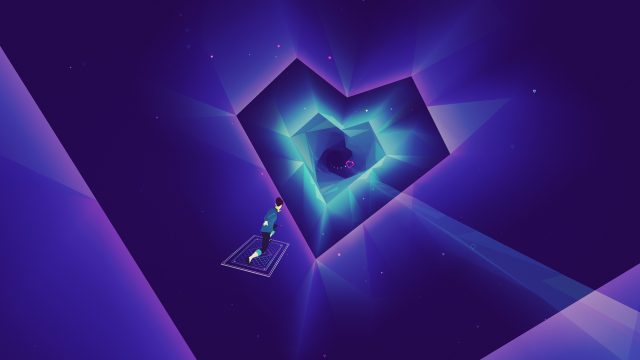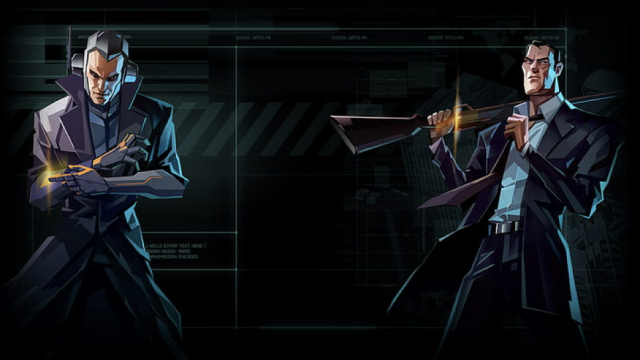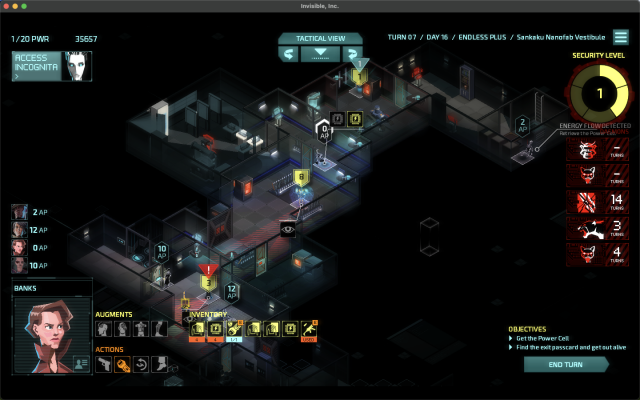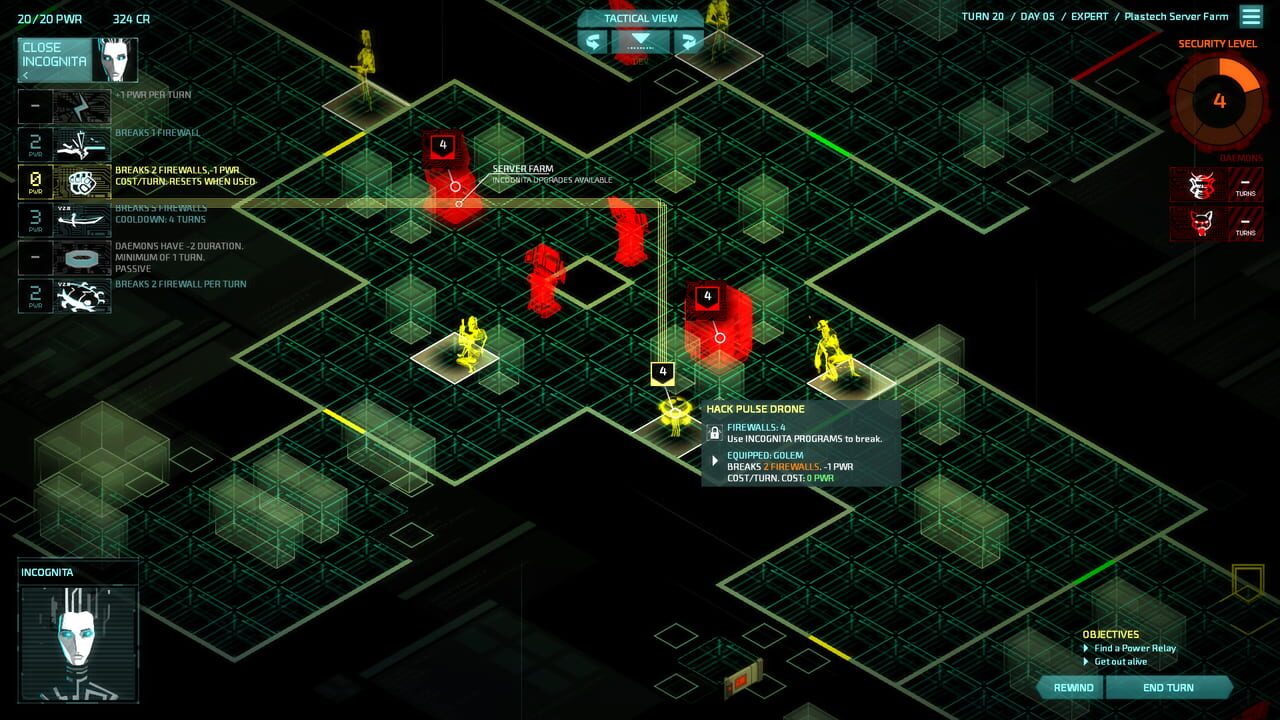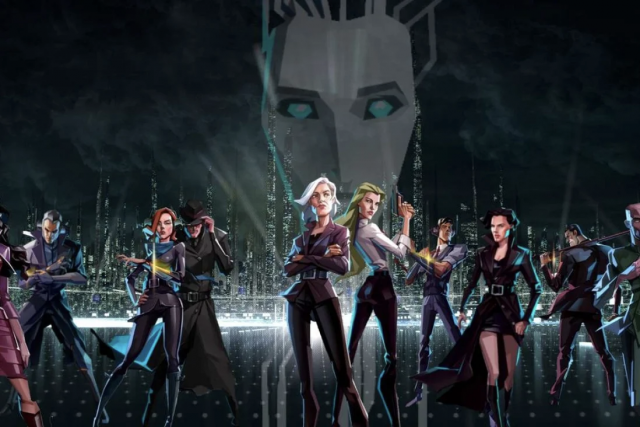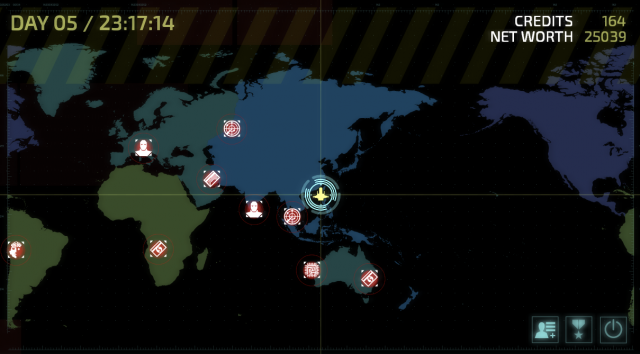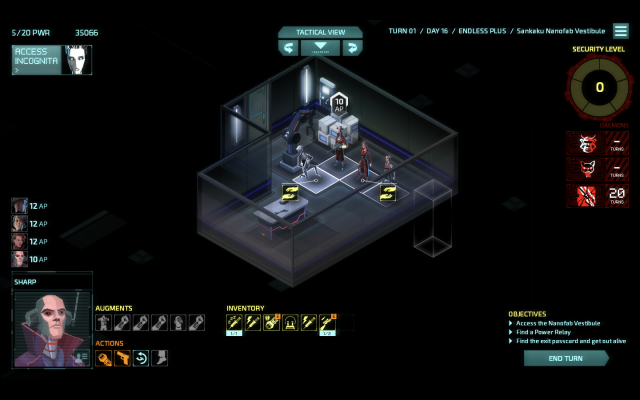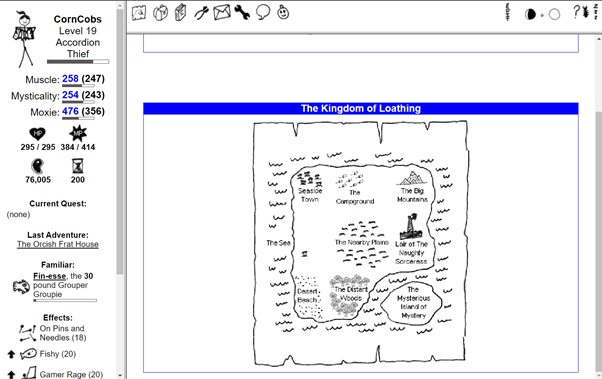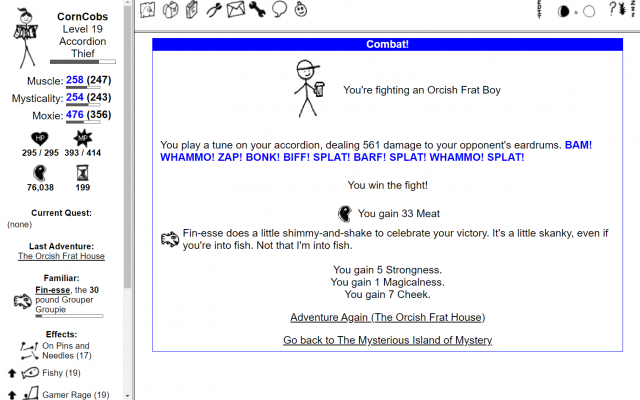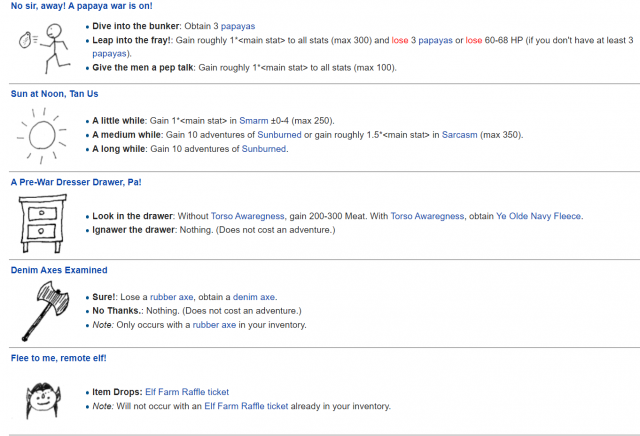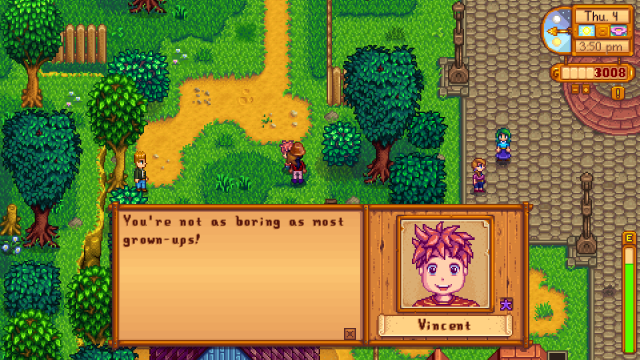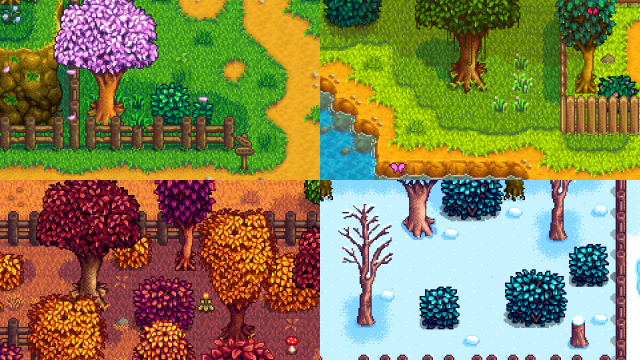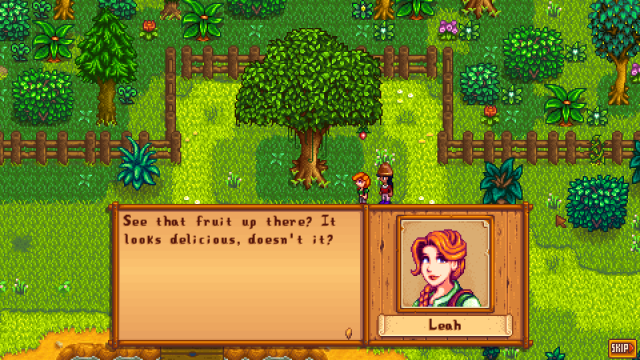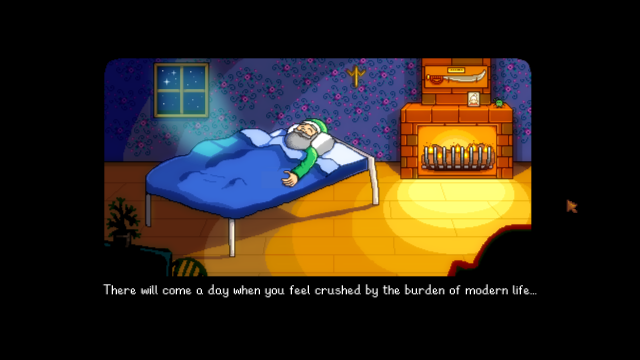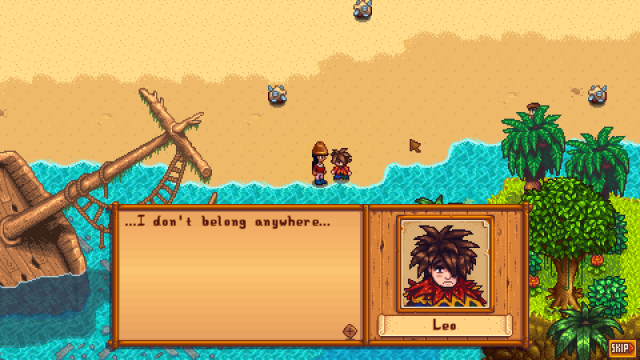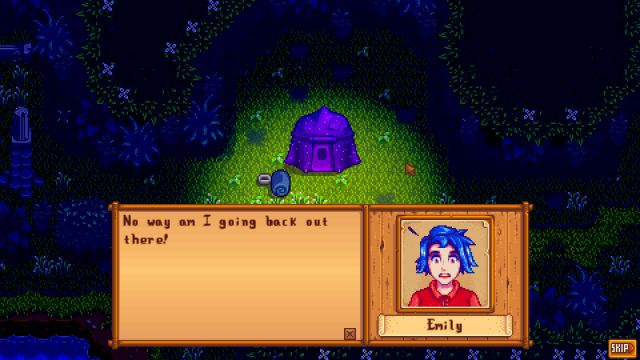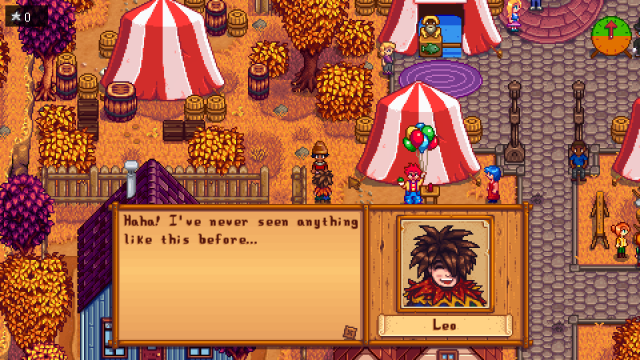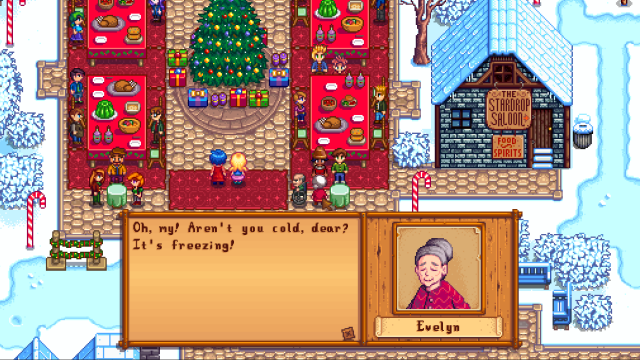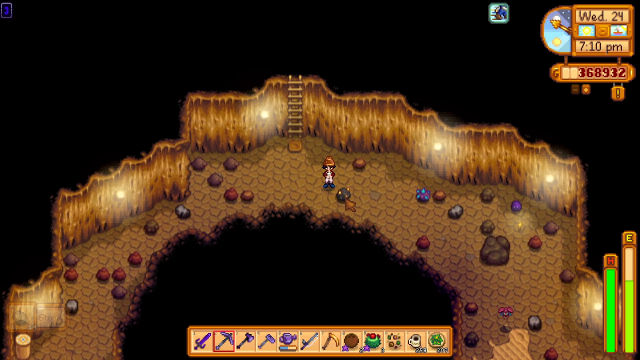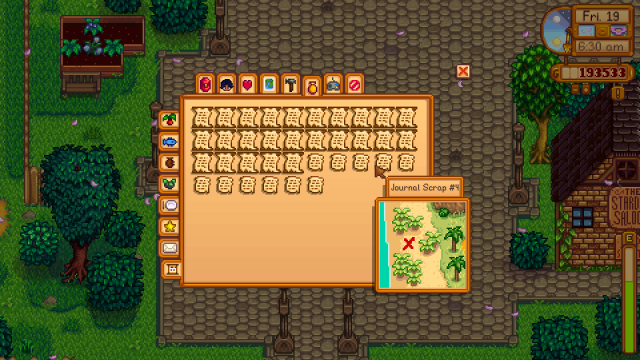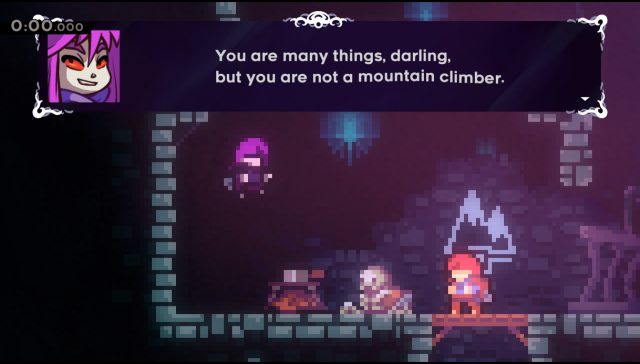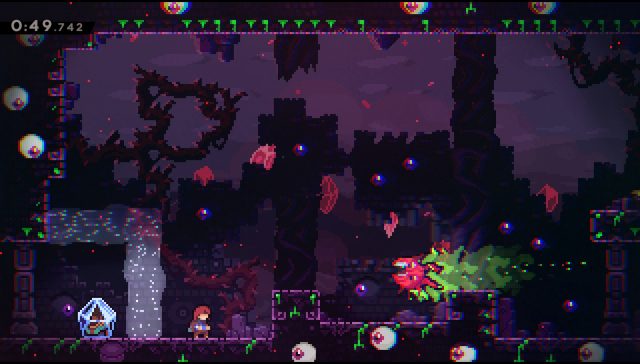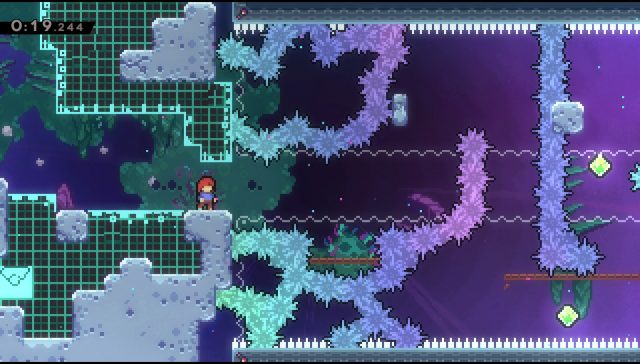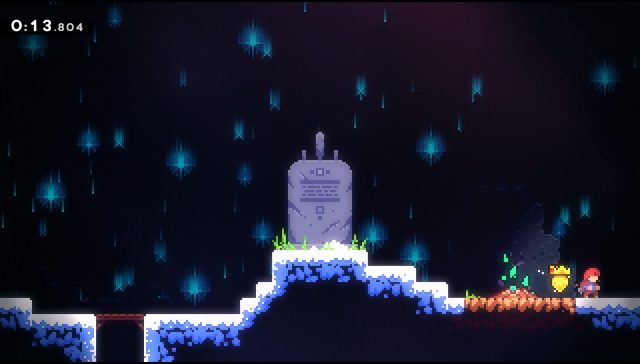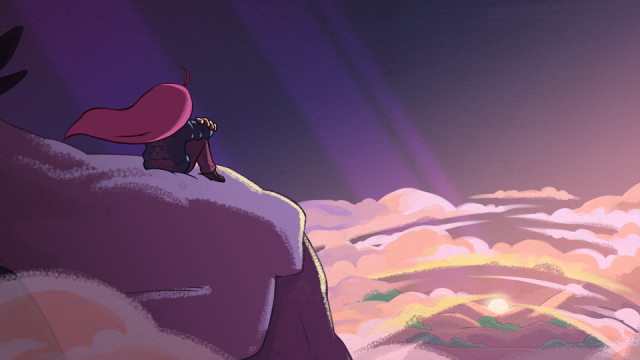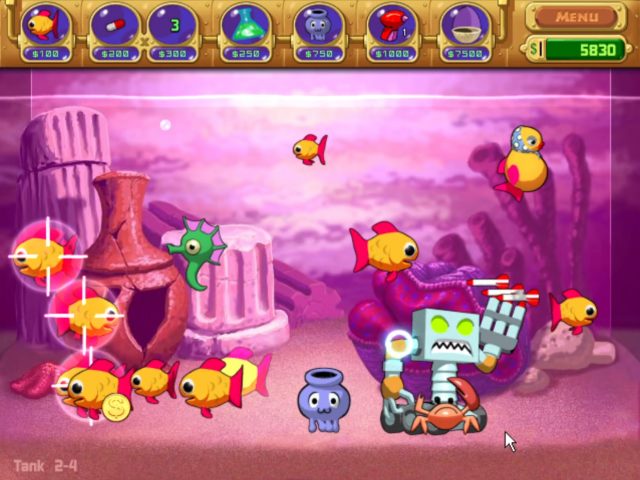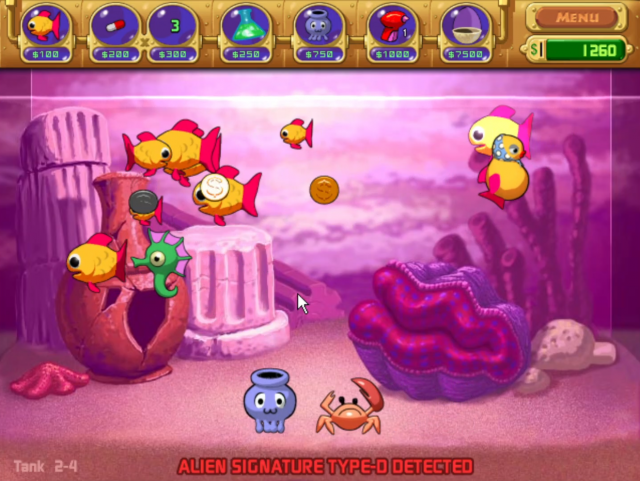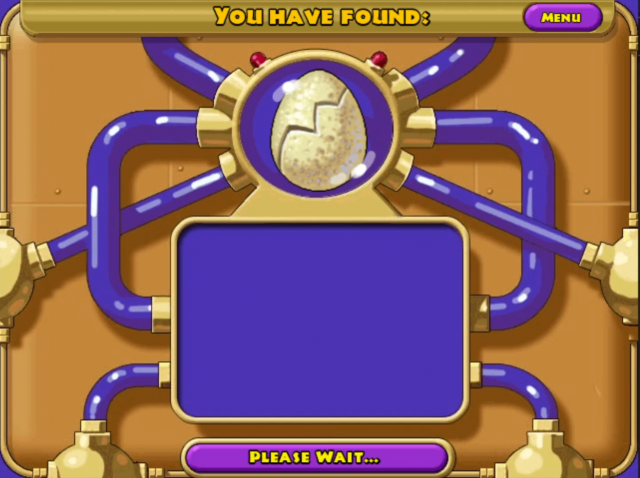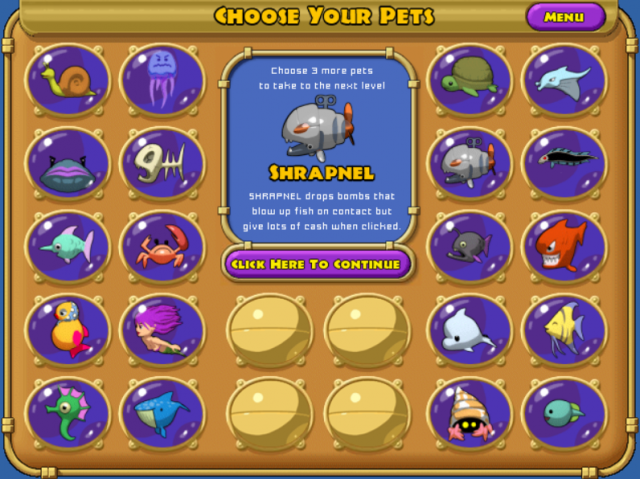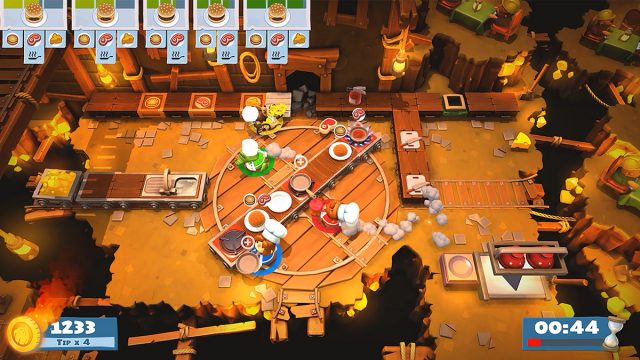
The game that I have chosen for this assignment would be “Overcooked! 2”. “Overcooked! 2” is a co-op game where 2-4 players prepare and cook different recipes in various themed restaurants while facing a multitude of various obstacles. Links to the game’s website and a short gameplay demo are described below:
- Overcooked! 2’s website: http://www.ghosttowngames.com/overcooked-2/
- Link to a short Gameplay Demo: https://www.youtube.com/watch?v=5u5RVegpltY&ab_channel=EVids
In this write-up, I will be evaluating my gameplay experience accordingly to the various lenses listed in “The Art of Game Design – A Book of Lenses”.
Lens 9: The Lens of The Elemental Tetrad
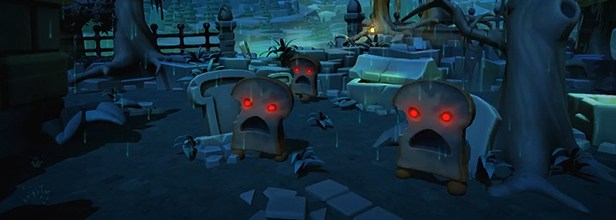
The story revolves around the Onion King, Kevin and the Unbread (bread zombies) that have risen from the dead. The role of the player is to hone their skills in cooking, so they can satisfy the cravings of the Unbread in the final “boss level”. Once players complete the final level, the game ends with a dialogue with the Onion King that summarises how the Unbread are not dangerous anymore and peace has been restored in the kingdom. However, I felt the story was not really integrated well with the game. It just seemed to serve as a means to introduce the game to new players and to wrap up the game after the final boss level, but the storyline was not mentioned anywhere else between the other levels. There were times I felt bored during the dialogue and I tend to skip past it as well.
In terms of technology, “Overcooked! 2” is supported on various platforms (Nintendo Switch, Xbox One, PlayStation and Windows platforms). For this assignment, I’ll be focusing on the Nintendo Switch. Players control their avatars with the Joycon controllers to carry out the various actions of chopping and holding ingredients, to dashing in the kitchen.
Additionally, the aesthetics of the game is such that the whole game revolves around 6 differently-themed kitchens. Some examples include wooden rafts and an enchanted castle. Relevant animations are also played based on how the player interacts with the world. Each world comes with their own themed background music, as well as their own unique set of obstacles that behave differently (i.e. portals only appear in the enchanted castle levels).
This brings us to the mechanics of the game. It includes preparing ingredients (e.g. chopping, mixing) and cooking the food (e.g. boiling it in a pot/frying it in a pan/baking in an oven) before serving them. Players can also throw “raw” ingredients over obstacles to their teammates or dash to facilitate faster service in the kitchen. Obstacles may also behave differently based on the varying difficulty of the level (i.e. stationary portals progressively develop into moving portals in later levels). This results in a gradual increase in difficulty as players progress in the game.
Lens 8: The Lens of Problem Solving
There are many different ways of overcoming the obstacles in a level or obtaining a higher score. Players would need to devise strategies and decide which is the “best one” to overcome them accordingly and obtain the highest score in that level. However, there are also hidden problems to solve that arise based on the number of the players. For instance, the difficulty of all levels remains the same regardless of the number of players. As the score is linearly related to the number of orders served, it will be more difficult for 2 players to obtain 4 stars compared to 4 players. I usually encounter this problem as I only have 2 Joycon controllers (i.e. only 2 players can play at any time). However, my sister and I would try to formulate various strategies in order to solve and overcome this problem. Though it can be challenging at times, it does make the game fun and engaging as you sometimes find innovative ways to make use of certain mechanics to process orders faster.
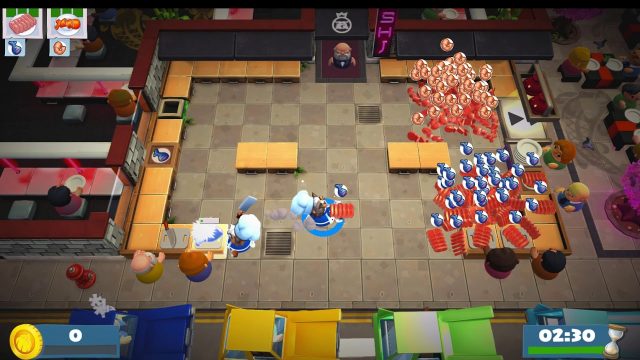
Lens 44: The Lens of Cooperation
Secondly, players would have to communicate and cooperate effectively in the game in order to excel as a team. Since playing on the Nintendo Switch requires players to all be together in one physical location, players have enough opportunity to communicate. In order to beat the clock, the most effective way would be for players to delegate tasks among one another (i.e. one player focuses on chopping, one player focuses on cooking and serving). Players need to communicate well in order to know what strategy they want to adopt, and what each member is doing to serve orders efficiently.
Despite it being a co-op game, it is ironic that there are also times when my sister and I get frustrated at each other while playing the game (especially so when one of us gets “lost” while rushing out the orders/keep “dying” from the obstacles in place). This is probably attributed to the fact that the game gets more stressful as we try to beat our previous highscores. However, managing to overcome the levels together always feel satisfying, especially if the level was a difficult one.
Lens 55: The Lens of Visible Progress:
Thirdly, the player’s progress is clearly displayed in each level, as well as their overall progression in the game as a whole.
Within each round, players earn points that corresponds to the number of orders they served. Points serve as a way for players to see whether they have improved or not when trying to solve a level. A breakdown of their score will be given in the end card, as seen on the image on the left. Highscores for each level are also tracked accordingly.
As a whole, the player’s progress in the game can be benchmarked by the number of stars they have earned in total. Players earn stars according to the number they have earned in each level, with a maximum of 4 stars to be earned on each level. As players progress further into the game, they will realise that a certain number of stars also have to be collected before they can unlock and play some of the higher levels which are more difficult. This progress is visible on the map, as exemplified in the image on the right. However, there is also some hidden progress in the form of hidden “Kevin levels”, which are bonus levels that are unlocked and revealed to players once they have acquired enough stars. This is highly related to the next lens, The Lens of Flow.
Lens 21: The Lens of Flow
Lastly, the game provides clear goals to the player, which is to progress to higher levels until reach “final boss” level. The game provides a steady stream of challenges to the player – difficulty of the game adjusts slowly according to how players progress through the levels. Doing so gives players time to get used to the game’s mechanics when they first start playing, as well as improve their skills the more they play. By gradually increasing the difficulty to accommodate to the players’ improving skills, this allows them to keep engaged and stay in the state of flow. This is something that I experienced when playing “Overcooked! 2” and I find that it helps keep me engaged and not get tired of the game too quickly.
Conclusion
In conclusion, various lenses contribute to the player’s experience when playing “Overcooked! 2”. In a way, the game tries to simulate the real world as well – communication and cooperation between players (chefs) are integral in the game, which is akin to working a professional kitchen. Overall, this assignment has helped me to glean more insight into how the lenses can be applied when considering how to design a game that value-adds to the player’s experience, which is a skill that could be applicable and relevant to our group project.
References:
Images obtained from Google Images

